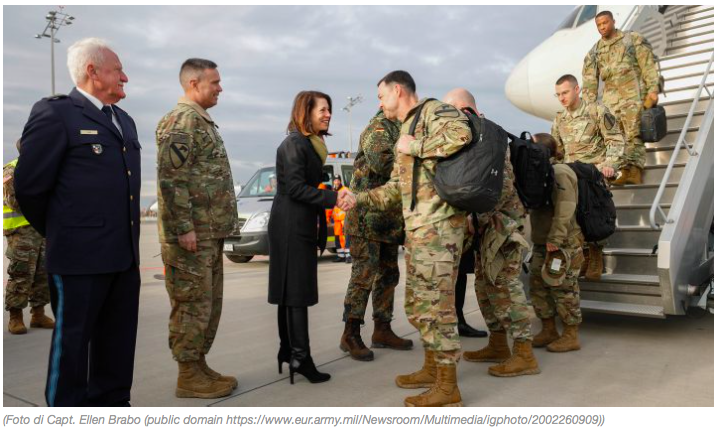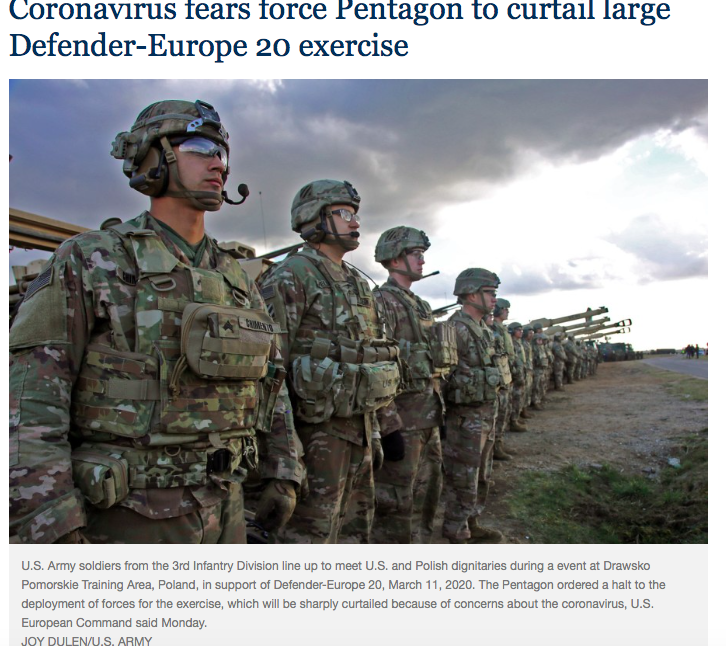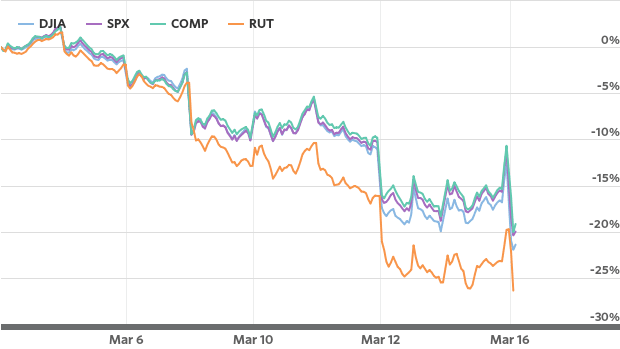Workers and the Virus: Radical Lessons from Italy in the Age of COVID-19
March 20th, 2020 by Alessandro Delfanti
In the face of the mounting coronavirus crisis, we need to start asking a crucial question: who pays for the lockdown? The last three weeks have taught some hard lessons to Italian workers. Indeed, workers have been shouldering the bulk of the crisis. This applies to workers in all sectors, and even more intensely with activities related to care. If the right to work safely cannot be guaranteed, all nonessential activities must be shut down.
Workers should not be forced to choose between their health and their livelihood. Yet Italian workers are losing their jobs, putting their loved ones at risk, protesting workplace health and safety conditions, and even self-organizing to make up for the lack of state intervention. In this article, we try to document the main takeaways from the early weeks of the Italian crisis, hoping these will be useful resources for workers in other countries currently moving toward an intensified crisis.
Keeping Your Job
Workers need to ensure they will not lose their paycheques. First and foremost, this requires that all workers have the ability to decide to stay at home when they show symptoms or feel unsafe. The immediate introduction of policies granting workers fourteen sick days at full pay – with no doctor’s note requirement – must happen now at a mass scale. In Italy, the crisis exposed the most vulnerable workers to the loss of their jobs: precarious workers in sectors such as social work or restaurants lost their jobs overnight. This has worsened the danger generated by the attriting of sick pay rights for Europe’s workers since the financial crisis. There are simply no safety nets for freelancers, contract workers and casual employees.
The decree issued by the government on March 16 allocates a one-time €600 to freelancers who lost their income due to the crisis. This is not enough. Self-employed workers have achieved a suspension of income taxes, a measure that will also apply to big and small companies. Italian workers are demanding a moratorium for layoffs. Italian social movements are asking for an extension of basic income to all temporary workers and freelancers. In Canada, for example, this would translate into an immediate extension of employment insurance across the board for all workers.
The mandate to work from home has been easy to implement. Companies tend to dislike it, assuming workers will use it to slack off, however its massive application during this crisis has shown this is not the case, as companies have managed to shift to online work without major problems. But online work has its dark sides. There is a class dimension to it, as blue-collar factory workers and pink-collar care workers cannot work from home like white-collar office workers and professionals. Furthermore, freelancers and workers in the creative industries have known for years that digital technology has the potential to extend the workplace to one’s home and to make us work around the clock. Italian workers have reported that some employers use remote work to ask employees to carry out tasks overnight or on weekends. And a person working from home may have others’ care needs to attend to, especially if they are responsible for children who are also home due to school closures or if their circumstances require they provide primary care for elderly or people with disabilities
Caring for Each Other
Closing schools generates the obvious problem of care for children at home. In Italy, grandparents have been mobilized to step in for parents who had to keep working. This increased the risk of exposure to the virus in the most problematic demographic: the country’s seniors. In many other cases, a parent (the mother in virtually all cases) has to make a tough call: could they renounce their part-time or casual low-income jobs to provide care for their children? The disabled, non-autonomous elderly, immunosuppressed people or those who require routine care for pre-existing conditions need augmented support at home too. Working families have demanded special parental leaves and increased support for those who employ personal caregivers. Workers cannot be asked to simply use their vacations to take care of their families. Undocumented labourers and no-income communities are just unable to choose.
Women are disproportionally impacted by the crisis. Care workers, at least in the most-affected areas in Italy, tend to be mostly female people of colour and migrants. Their jobs put them at higher risk than the general population, and many have care responsibilities at home too. Furthermore, care workers are under extreme stress: babysitters, home healthcare providers, domestic workers, tend to be employed casually and may not have access to paid sick leave despite being placed at greater risk by their work. For another example of a high-risk population, social workers are especially overexposed to the virus. According to local social cooperatives in Lombardy (the hardest hit region), up to 30% of social workers are currently sick or quarantined. This directly impacts not only the workers’ lives, but also the vulnerable beneficiaries they serve, which in turn increases pressure on their families or leaves them with no care at all. In the long run, this puts the entire social system under stress, above and beyond a welfare system already weakened by austerity measures.
Mitigating Risk
The need to mitigate risk for those who must keep working is paramount. This means adopting measures for social distancing in workplaces whenever possible. In the event it is not, personal protection such as face masks, hand sanitizer, disinfectant, hand soap and paper towel must be made widely available to workers. But this is not a viable strategy in all workplaces. For instance, cleaners tend to work for small companies that provide services to bigger organizations, like public offices, firms and hospitals. In addition, the intensification of their use of detergents and disinfectants, coupled with the lack of protective equipment and the increased hours they are working with harmful inhalants and large amounts of other toxic chemicals, are putting these workers at much greater risk.
Worker power has proven key in fighting such situations. Italy is currently shaken by a wave of wildcat strikes in factories, warehouses, supermarkets, and ports. Workers in industries that have not been shut down, such as manufacturing or logistics, are protesting the impossibility to maintain social distancing in the workplace or the reckless disinterest shown by their employers. This is particularly crucial in sectors that may increase business in the event of a widespread lockdown, such as e-commerce or home-delivery services. Italian metalworkers, organized by unions such as USB and FIOM, are at the forefront of these struggles. In some cases, stoppings or protests have bypassed unions, as workers have decided not to wait for bargaining procedures to take place.
For example, Amazon workers report tensions. For them, work rhythms have not decreased, as self-isolated customers ramp up their online shopping. Amazon fulfillment centres are some of the most densely crowded workplaces in the Western hemisphere. The company’s warehouses employ hundreds of workers per shift and require continuous physical co-presence and proximity to operate. A petition launched in a New York fulfillment centre has quickly spread to Italy, while unions have been questioning the need for Amazon to keep operating at full capacity. This raises the question of what constitutes an essential economic activity? In a viral video circulating via WhatsApp, a delivery worker for Amazon wearing surgical gloves and face mask says, “Don’t worry, you will still receive your fucking Hello Kitty iPhone cover!” Should manufacturing plants and e-commerce warehouses shut down or at least dramatically reduce their activities? Thus far, this decision has been left to individual companies. The largest Amazon warehouse in the country is in the COVID-19 hotspot of Piacenza. On March 17, unions launched a strike under the banner “No Safety, No Work,” denouncing the company’s lack of compliance with the safety measures imposed by the government.
Self-Organizing
Workers have not been waiting for the state to respond to their needs or for unions to win concessions. Both individual refusal of unsafe work and collective self-organizing are resurging at a level the country has not seen in decades. This includes absenteeism, tactical use of sick leaves, new forms of organizing and grassroots social interventions. The scale of these phenomena has been increasing rapidly, especially in reaction to a number of government measures geared toward helping corporations rather than people. Several unions and workers report increased worker desertion, as people exploit any avenue they have to reduce their exposure to unsafe environments. Amazon warehouses in Italy and other European countries are seeing hundreds of workers using sick leave to avoid walking into an unsafe workplace.
These forms of individual resistance are not the only self-organized response. In Piacenza, one of the main coronavirus hotspots, the radical union SiCobas has swiftly launched a concerted effort to make up for the state’s inability to provide health and safety to workers in specific critical areas. SiCobas organizes the vast majority of warehouse workers in the massive local logistics sector. This organization is purchasing, stockpiling, and distributing personal protection equipment, such as face masks, to Red Cross volunteers and workers in private care facilities who are dealing with shortages. Squats are offering grassroots care-work services, such as babysitting, tutoring, grocery shopping and delivery. Others have opened helplines to provide legal support to workers who have lost their jobs or are confronting health and safety issues at work. A number of grassroots organizations have popped up in Milan and other affected cities to help elderly, immunosuppressed or quarantined people deal with the lockdown by providing basic home care and delivering groceries or drugs.
The Future is Unwritten
We do not know what the outcome of this crisis will be. COVID-19 infections are still mounting in Italy and many other countries are currently entering the phase Italy experienced only three weeks ago. Timeliness and organization seem to be paramount if workers elsewhere want to avoid going through all the same dramatic problems experienced in Italy. But such a troubled situation has given workers a chance to renegotiate power relations. This applies across the board, from workplace democracy to wages, welfare, and obviously health and safety measures.
Workers have been imagining universal solutions based on the radical redistribution of time, resources, money and power. This is the opposite of the temporary, partial and often unjust measures the state has patched up the crisis with. The right to a safe workplace, which is clearly key in the current state of emergency, should become a permanent condition of work everywhere. The future is unwritten, but many Italian workers hope that some of the radical imaginative solutions they have been forced to experiment with are here to stay.
*
Note to readers: please click the share buttons above or below. Forward this article to your email lists. Crosspost on your blog site, internet forums. etc.

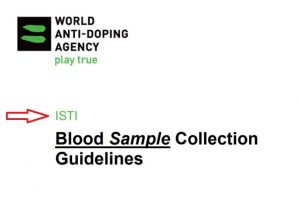



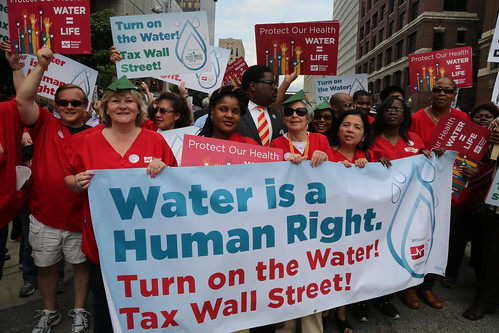
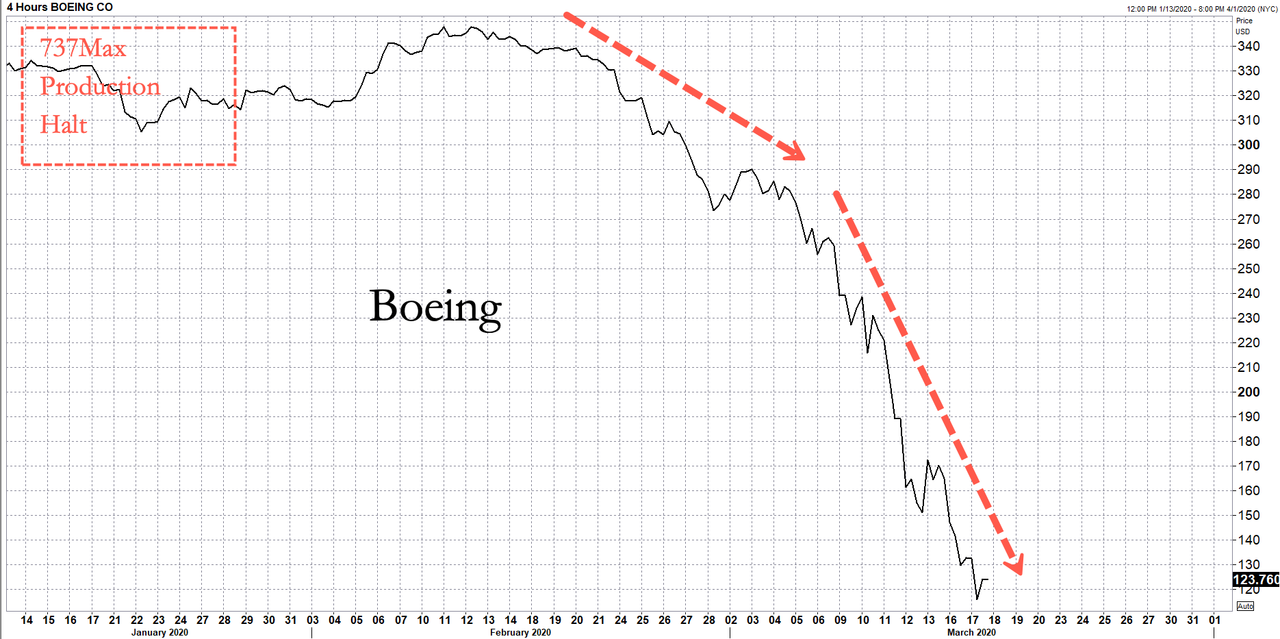
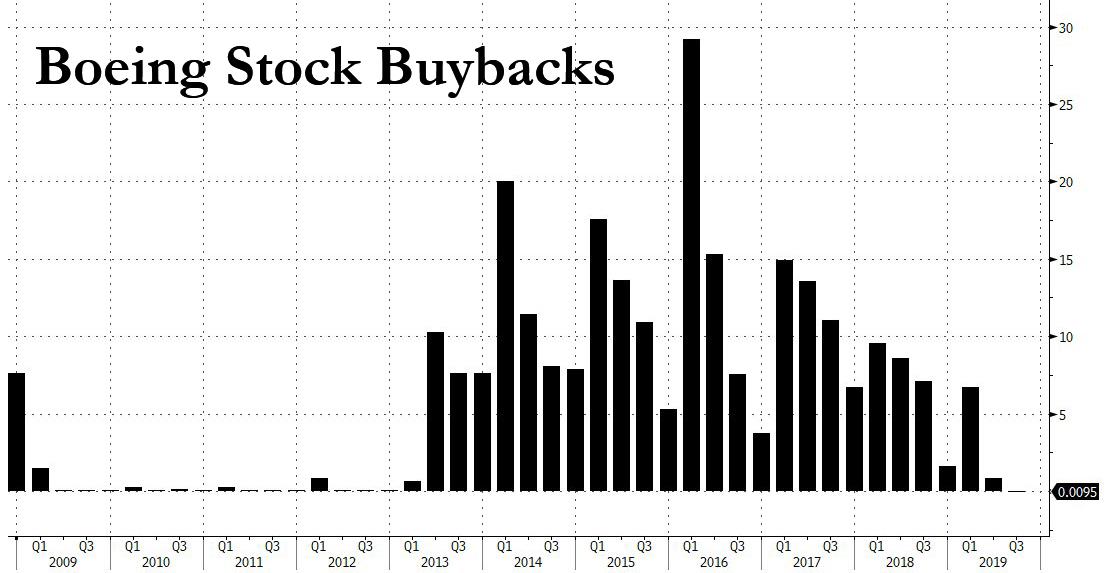

 Can you
Can you 